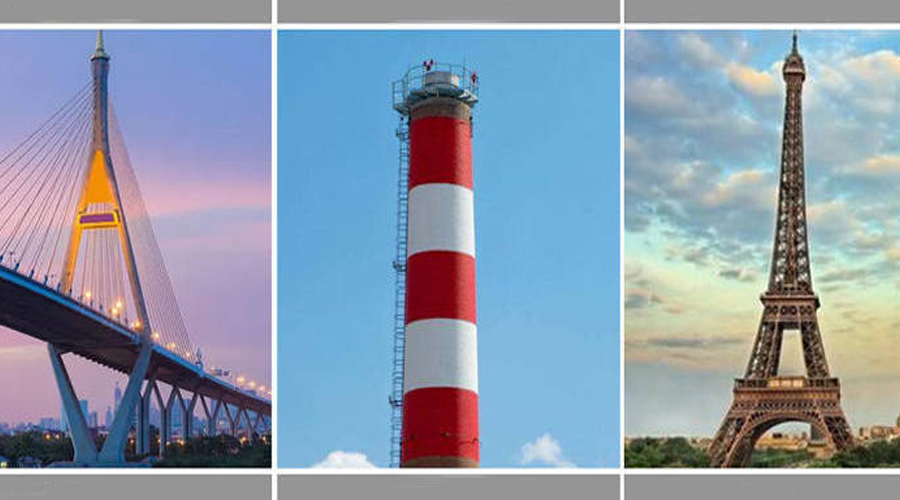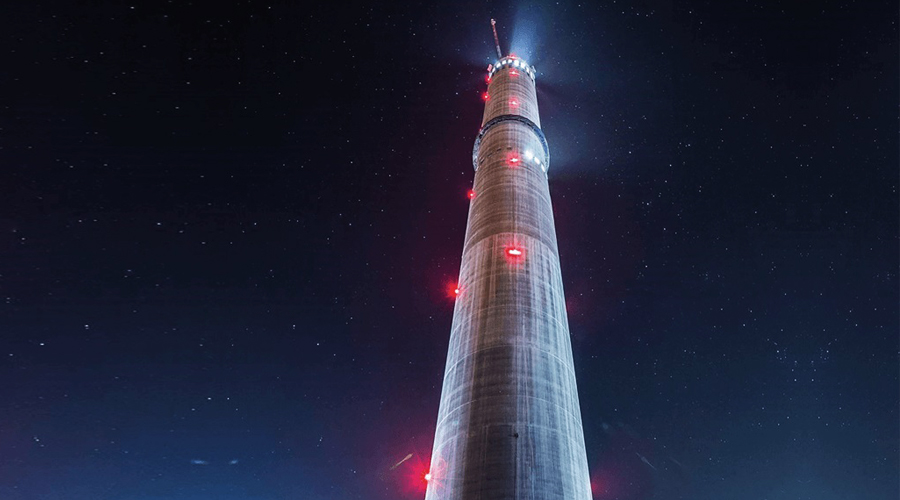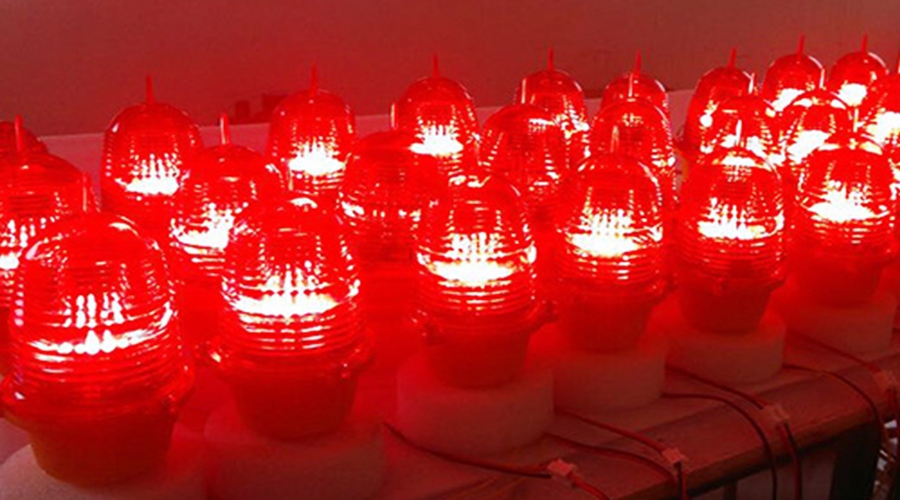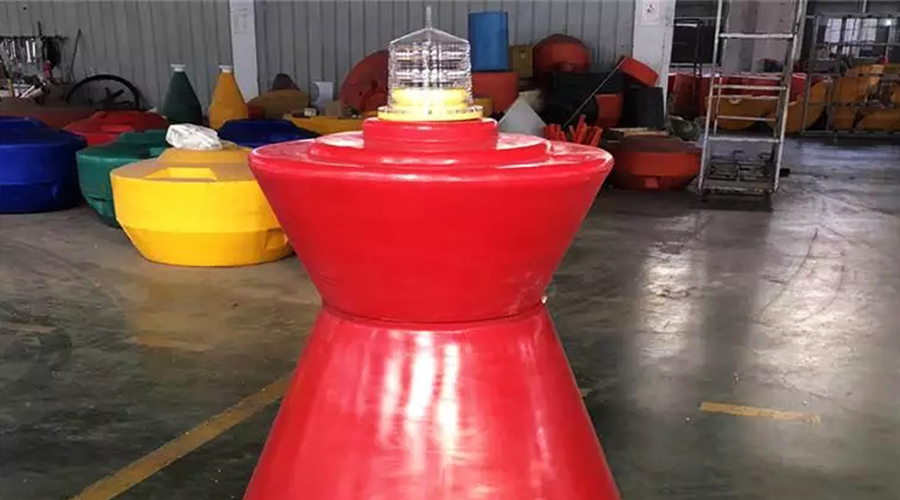Nowadays, the reliance on helicopters in various aspects such as daily life, medical care, and business activities is increasingly significant, especially in helicopter rescue and helicopter firefighting. As these are emergencies, the helipad must be kept in a standby state 24 hours a day. To ensure the normal takeoff and landing of helicopters at night, the helipad must be equipped with a helipad navigation lighting system.
Depending on the installation location and usage function, the series of lighting fixtures for the helipad can be categorized into beacon lights, approach lights, boundary lights, aiming point lights, floodlights, and other types of lighting fixtures. Additionally, every helipad must be equipped with a wind vane.

The specific composition and installation considerations of helipad navigation lighting are as follows:
Helipad Navigation Lighting System Equipment
1) Final Approach and Takeoff Area Lights
The lights for the final approach and takeoff area are installed uniformly along the edge of the heliport’s final approach and takeoff area. They emit an omnidirectional white constant light signal at night or during low visibility days, clearly marking the boundary of the heliport’s final approach and takeoff area, facilitating safe landing for pilots.
2) Flood Light
The floodlight is installed vertically and emits a white unidirectional constant light. The light should not be too strong or dazzling, and is suitable for providing floodlighting for surface-type heliports, elevated-type heliports, or large platform aprons, facilitating safe landing for pilots.
3) Aviation Warning Light
The aviation warning light, a red flashing beacon, is a specialized fixture designed specifically for tarmac areas that may pose potential hazards such as moving obstacles, areas prone to explosive gas leaks, and deck tarmac prone to platform tilting and swaying.
4) Helicopter Airport Beacon
Heliport lights are set up at elevated positions on or near the heliport, emitting an omnidirectional white flashing signal at night or during the day with low visibility, serving as visual guidance for long-distance navigation. This is particularly important when pilots have difficulty identifying the heliport.
5) Wind Cone
The wind cone can clearly indicate the direction of the wind over the final approach and takeoff area of the heliport and can provide a general indication of wind speed. Each airport must set up at least one wind sock, which should be installed in a location that ensures it is not disturbed by nearby objects or airflow blown up by the rotor blades, and ensures that pilots can clearly see the wind vane while flying, hovering, and on the helicopter in the activity area.
6) Aiming Point Lighting
Aiming lights emit omnidirectional white constant light signals at night or during the day with low visibility. At least six such lights should be installed to provide accurate landing point locations for landing helicopters, facilitating safe landing for pilots.
7) Point Light Source Array Identification Lights
Point light source array identification lights are specifically designed for ground, platform, and deck parking aprons that require all-weather use. When used in combination, they can clearly identify the boundary outline of the “final approach and takeoff area”, the outline of the “touchdown and departure” signs, and the outline of the heliport signs.





